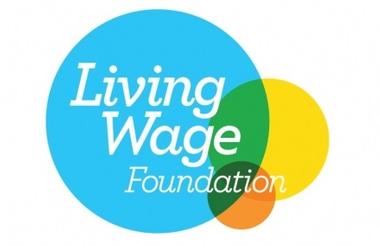The rate of low pay in the charity and non-profit sector has not improved over five years, according to the Living Wage Foundation.
Women, racialised groups and people with disabilities are more likely to be paid less than the real living wage, the rate set by the Living Wage Foundation, new research published today shows.
The Living Wage Foundation briefing found that in 2020, 17% of workers in the third sector earn less than the real living wage, exactly the same as it was in 2015. This is lower than in the private sector where one quarter of workers earn less than the real living wage, but higher than in the public sector where the low pay rate is 6%.
For its research the Living Wage Foundation includes charities, universities, community interest companies, social enterprises and pressure groups in its definition of the “third sector”.
The Living Wage Foundation has now urged the sector to think about how it can improve pay to attract new people to the sector. The current real living wage is set at £9.50 outside of London and £10.85 within London.
Graham Griffiths, interim director of the Living Wage Foundation, said: “After more than a year of pandemic firefighting, the third sector has some time to think about how it rebuilds through and beyond Covid-19. To continue to provide essential services year-round and attract new people into the sector, providing workers with a real Living Wage must be at the heart of this process.”
Who is more likely to earn less than the real living wage?
Today's briefing paper highlights that women, racialised groups and people with disabilities are more likely to experience low pay in the sector.
Some 19% of women in the third sector earn below the real living wage, compared to 13% of men.
Meanwhile, 20% of workers from racialised groups earn below the real living wage, compared to 17% of white workers.
Today’s report shows that some racialised groups face greater risks than others. The low pay rate for people with Bangladeshi roots is 34%, and for those classified as “other ethnic group” it is 31%. Meanwhile, for people who are from a “mixed/multiple ethinc” group the rate is 12%.
People with disabilities are also more likely than those without disabilities to earn less money.
One fifth of disabled workers in the third sector earn less than the real living wage, compared to 15% of workers without a disability.
Across all of these factors the third sector performs better than the private sector, but worse than the public sector.
The Living Wage Foundation plans a larger piece of work in next year with more detail about how low pay affects the sector.
Related articles












